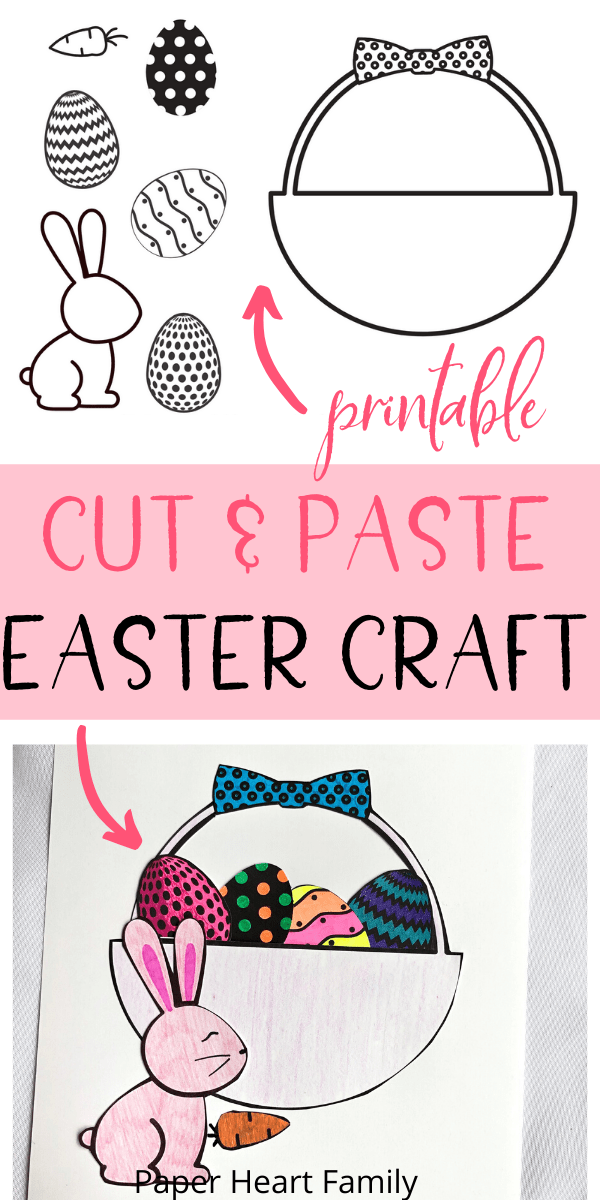
Before you build your crafts room, you need to determine what you'll use the room for and whether it has enough storage. Once you have established your needs, you can create work zones for each activity. It helps you stay organized and makes it easier to free up space in other rooms. You should choose a large window-sill room if possible to let in lots of natural sunlight. Many crafters live in basements and have to make do without natural light. In order to be able to photograph your creations, you will also need lots of light.
Designs for a craft space
It is important that you consider your personality and interests when designing your crafts room. A craft room should be both practical and inviting. Crafters need a place that encourages creativity. This is where a professional designer can help. A professional designer can help you plan the layout of your space and offer suggestions for lighting, outlets, finishes, and other themes. You can also have a professional designer help you choose the right materials for your room.

The personalization that you wish to place in your crafts room is one of the most important aspects. Many crafters enjoy listening to music or watching television. Keeping this in mind, you can make the room look more personal by decorating with works of art that you have created or fixed yourself. A runner rug can add softness and comfort. If you are looking for a creative look for your craft room, you can use multiple styles to make it unique.
How to design a craft area with storage
Installing shelves will allow you to combine your craft space with some storage. While shelves in hexagonal shapes look great as an individual, they are even more attractive when grouped together. These shelves can also be used to create honeycomb patterns. These shelves are lightweight and easy to move. These shelves come with labels to make it easier for you to organize them. Without ample storage space, a crafts room would not be complete. You should plan your craft room carefully.
If you don't have enough space, you can use a small table or improvised shelving. A table with builtin storage is a good choice. It allows you to keep all of your craft materials within reach. You can even add a spice rack for more storage. If you do not have a dedicated craft room, you can use a wall in the dining room or family room. Darlene uses IKEA bookcases from Billy to create a multifunctional craft room.
Organization of a craft room
Before organizing your craft area, it is important to make a list. Think about how often you use certain supplies and decide whether they can be stored in a drawer or in the cupboards. Next, organize your supplies by sorting them out. You can organize your supplies by using a bin system, or baskets. This will allow you to keep your supplies organized and easy-accessible.

Work surfaces should be clear and free of clutter. It is now time to set up a storage system for things to be put away. Hanging storage containers are great for organizing craft supplies. A functional work surface is essential for every craft room. The work surface should have ample workspace for projects and built-in storage, such as shelves or hooks.
FAQ
What are collection hobbies?
Books, movies music, comics and video games are some of the most popular collections.
Collect stamps, coins, cars, dolls and action figures as well as art supplies, tools, jewelry, watches, gadgets and furniture.
I think you get the idea.
What hobbies are best for introverts and what types of hobbies would they enjoy?
The ability to focus on just one thing is a hallmark of introverts. They prefer solitude, such as reading, writing music, or watching movies.
They also like to be alone. They do not like to socialize all day. They can even become bored when they're surrounded by people.
Introverts may choose to do hobbies that are more alone-oriented. Introverts may love reading books, listening and/or playing music, or painting, drawing, writing poetry and taking photographs.
Some introverts prefer to live alone. They can focus on their hobbies and not be distracted by other people.
What are some good hobbies ideas?
You can find the best hobbies that you love doing for yourself. You will find it easier to stay motivated if you love what your doing. You will have a reason when you feel sick or tired.
Hobbies that we all know and love include gardening, painting and crafts, photography, cooking, sports and games, reading, music, film-making, collecting, cycling, walking, dancing, writing, playing instruments, etc.
Another option is to volunteer at a local charity shop.
If you're looking to do something more adventurous, Why not take up scuba diving, rock climbing, sky diving, bungee jumping, white water rafting, sailing, surfing, canoeing, kayaking, horse riding, zip lining, hang gliding, paragliding, skydiving, snowboarding, skiing, mountain biking, hiking, camping, fishing, hunting, archery, shooting, clay pigeon shooting, target shooting, golf, tennis, swimming, snorkeling, windsurfing, waterskiing, kitesurfing, wakeboarding, standup paddle boarding, hang gliding, parasailing, hot air ballooning, paragliding and many more.
There are many other ways to spend time outside. These include caving, cliff diving, cave tubing, abseiling, sea kayaking, rafting, canoeing, climbing, trekking, bushwalking, mountaineering, backpacking, trail running, orienteering, off-road driving, quad biking, motorcycling, motorcycle riding, dirt bike riding, jet boating, hang gliding, hang gliding, parachuting, hang gliding, heli-skiing, ice skating, snowmobiling, snowshoeing, snowshoeing, cross country skiing, downhill skiing, telemark skiing, ski touring, sled dog racing, snowboarding, snowkiting, snowmobiling, spelunking, snowshoe hiking, snowshoeing and many more.
How do I get started?
First, decide what type or activity you want to pursue.
Passion is essential once you have selected your subject.
It's important to understand why you want to start a particular hobby. This will help you to find your purpose and direction.
Once you have determined what hobby you wish to pursue, you can plan your next steps.
Take a look at the equipment you will need.
Consider whether you are required to attend classes and seminars.
Ensure that you have enough space for your hobby.
You might also consider joining a club. These groups usually offer support and advice.
Think about how much you'd need to spend on your hobby.
Statistics
- Almost 80% of people claim to have no hobby. (hobbylark.com)
- The intensity of the dialogue partners' bond at the end of the forty-five-minute vulnerability interaction was rated as closer than the closest relationship in the lives of 30 percent of similar students. (time.com)
- A new survey by Pew Research Center of teens ages 13 to 17 finds that 36% of girls feel tense or nervous about their day every day; 23% of boys say the same. (pewresearch.org)
- 37% Video Games 36% Travel 36% Health and Fitness (quizexpo.com)
- The Role of the Mind in Sex, Dating, and Love: Men in the “humor” condition received phone numbers from 42.9% of the female participants and were refused 57.1% of the time. (time.com)
External Links
How To
How to Learn a Musical Instrument
There are many methods to learn music. You could attend a school, read a book, get lessons from someone who plays a musical instrument, or look at videos online. Here are some tips and techniques to help you learn if your goal is to create your own learning path.
-
Find something that interests or appeals to you. Try another instrument if you don't love any of the ones you see. If you don’t enjoy playing an instrument it will be hard for you to get into it.
-
Be patient. Learning anything new takes time. Don't expect to master everything right away. Instead, you should continue practicing every day.
-
You should practice often. Even when you feel tired, continue practicing. This will ensure that you won't forget what you learned.
-
Choose a good place to practice. You want to be in a place where you are not disturbed by others. You should also make sure there aren’t any distractions. Avoid loud music, for example.
-
Have fun. Music is meant to be enjoyed. So make sure that you always have fun while practicing. Enjoying yourself will motivate you to continue going at it.
-
Set goals. You will know what you need to do if you have goals. You will never be ashamed to fail.
-
Keep track your progress. Notate all of your achievements and failures. You'll be able to learn and improve as you go.
-
Take breaks. Sometimes, you will just need to stop for a while. Taking breaks will give you time to think about things.
-
Ask questions. Ask for help if you are unsure or have questions about certain aspects of the instrument. They may be able help you.
-
Learn by listening. Musicians often listen to music they like and try to imitate it. This helps musicians understand the fundamental concepts of the song.
-
Read books. Lessons learned from books are more valuable than videos and classes. Books also contain information that you cannot find elsewhere.
-
Join a band. Playing with others will force you to practice more. Plus, it will be easier to meet people with similar interests.
-
Learn from tutorials. Tutorials are videos that provide detailed explanations of various topics. These videos often focus on one aspect or part of the instrument. Tutorials can help you understand complex parts of your instrument.
-
Try different methods. Some people prefer to learn through lectures, whereas others learn better by reading. Find what works best for your learning style.
-
Practice makes perfect. There is no way to be an expert overnight. It takes a lot of work to be able to perform well.
-
Begin a group of musicians. Listening to other people play their favorite songs can help you learn faster.